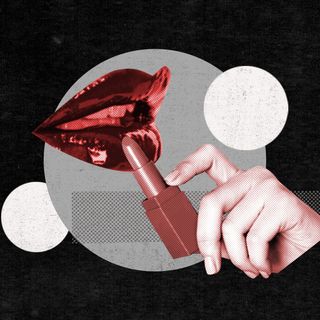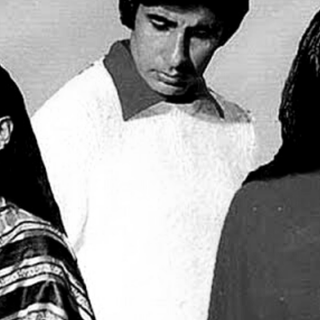Since the Covid19 pandemic began, there’s been a rise in the use of certain emojis — the facemask emoji, the microbe emoji, the sneezing emoji, the nauseated face emoji. In the initial weeks, being able to use emojis that reflected the panic incited by the Covid19 pandemic helped people express themselves through the only avenue they had left — tiny little colorful blobs. Now, however, as weeks have progressed into months, we’re all sitting around stoic-faced, mind-numbingly bored, and inexplicably exhausted, staring down the barrel of a deeply uncertain future, utterly lost for words.
This time, however, emojis won’t be around to help.
Due to the Covid19 pandemic, the Unicode Consortium, which releases new sets of emojis for Apple and Android every year, has announced it will delay the next set of updates until September 2021. Their contributors, who normally identify cultural trends and create new emojis, are overwhelmed with dealing with the pandemic, possibly also stoic-faced and lost for ideas. In recent times, this signals one of the first instances in which we’re not only at a loss for words at the state of the world, but also at a loss for emojis.
That said, the emojis already in development for this year — bubble tea, people hugging the transgender flag — will be rolled out in the latter half of this year, as planned.
Related on The Swaddle:
Why People Are Wishing Coronavirus on Horrible Personalities
Recent updates in emojis show they have become a signifier of the vernacular of different cultures, either dictating or catching up to cultural trends since the turn of the century. Be it the emoji sequence, displaying a wide range of skin tones to establish diversity, that released in 2014; or the inclusion of the dumpling emoji in 2017 spurred by a campaign by journalist Jennifer Lee and Yiying Lu — the emoji has, at least in recent times, moved beyond reflecting on people’s base expressions, to incorporating and normalising different experiences and different cultures in one of the most common mediums of digital conversation.
The latest announcement, which might seem superficial on the outside — who cares if we don’t have some more tiny little colourful blobs to play around with after all? — is emblematic of the pause we’ve all been forced to take, not only with our activities, but with our plans, and increasingly with our feelings.
It’s apt then, that the disappearance of one of the more visuals ways in which we communicate is staunchly embedded in the increasingly painful reality that we’re hurtling toward a future we are no longer able to visualize.




